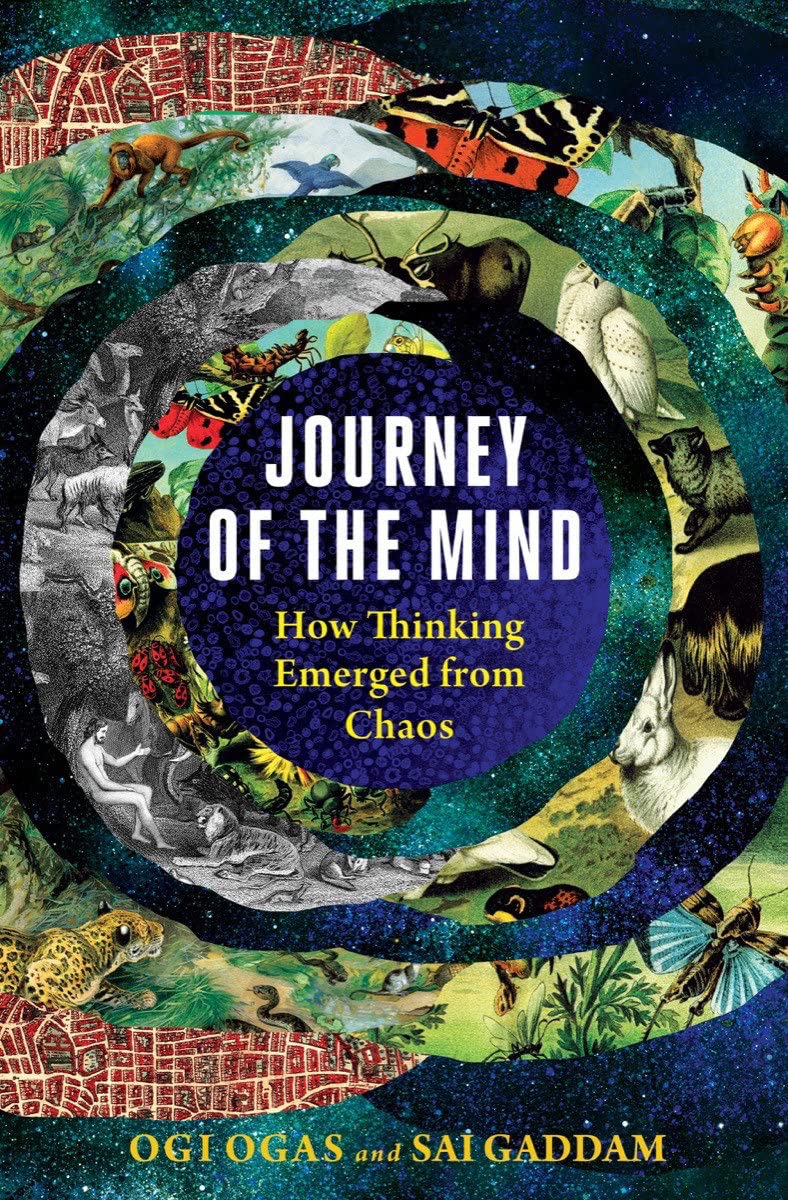In a departure from an all-too familiar approach to science writing, Philip Ball offers constructive criticism of the “nothing but” approach to the mind:
At eminent science journal Nature, science writer Philip Ball reviews a book offering to explain how the mind arose from the mud. And he departs from the script.

The book is Journey of the Mind: How Thinking Emerged from Chaos by neuroscientists Ogi Ogas and Sai Gaddam. One would expect a conventional science writer to announce that this new book is an important contribution to the quest to naturalize the human mind — to show that the mind is a mere adaptation that enabled the tailless ape to survive the savannah. Such a belief needn’t be true (and isn’t); it’s a placeholder for a better-founded purely naturalist belief.
Yet Ball looks at the claims made in Journey of the Mind, and offers actual criticism:
Ogas and Gaddam take a very broad view of mind as “a physical system that converts sensations into action”. At face value, this grants a mind to thermostats and robots as much as to living entities. “A mind responds. A mind transforms. A mind acts,” they write. But the same is true of many machines. What, then, distinguishes a mind? If it’s sentience or awareness, the authors give a confusing picture. They say the “self-awareness” of an amoeba is “piddling” — and later seem to deny this quality to all organisms except vertebrates.
Many assertions go beyond the facts. The discussion of consciousness rests on the belief that the problem has been solved by cognitive scientist Stephen Grossberg (whom the authors thank for “guidance and support”). Since the late 1960s, Grossberg has developed the idea that consciousness arises from ‘resonance’ between specific modules of the brain. Ogas and Gaddam are vague about what resonance means here, beyond saying that the modules amplify and prolong each other’s outputs, and they give the reader little indication of what empirical evidence exists to support the idea. Grossberg’s theory is provocative and stimulating, but, couched in the abstract mathematical framework of dynamical systems theory, it remains contingent on his supposition that “all conscious states are resonant states”. I’m not convinced it amounts to the revolution that the authors assert.
PHILIP BALL, “A TOUR OF THE EVOLUTION OF MINDS” AT NATURE (MARCH 7, 2022)
Ball is right, of course. Popular science literature on the mind touts many claims that we are on the brink of reducing it to a material substrate. Meanwhile, professional approaches to the subject have been described in the Chronicle of Higher Education as bizarre. Repeated rebuffs from the evidence teach nothing in most cases except to keep trying.
News, “Science writer: Explain-away-the-mind book doesn’t succeed” at Mind Matters News (March 8, 2022)
Takehome: Ball notes that the Journey of the Mind authors’ (phantom) reductionist revolution relies on a single cognitive scientist’s work.
It’s not that he thinks it’s a terrible book. But he supposes (unusually in this area) that critical standards matter and that he should apply them.
You may also wish to read:
It’s not even clear how the mind relates to the brain Journalist and editor Ken Francis asks a series of skeptical questions of those who claim that the mind is really just the brain. The placebo effect — we start getting better because we believe we will, before any meds have kicked in — is a classic demonstration of the mind at work.
and
Your mind vs. your brain:
Ten things to know